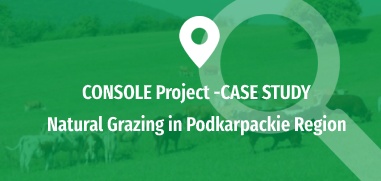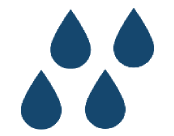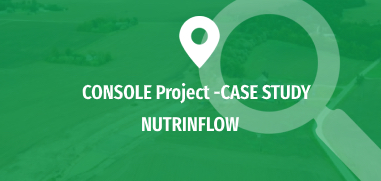Summary
The program “Podkarpacki Naturalny Wypas” was established in 2012 as a public initiative, in order to preserve, protect and restore the biodiversity in valuable natural areas through extensive grazing of livestock in the meadow-pasture areas of the Podkarpackie Voivodeship. The program is coordinated by the Marshal’s Office of the Podkarpackie Voivodeship (Local Government). The program currently runs as a long term initiative (2017-2020). Each year an open call is organized in which non-profit organizations (e.g. foundations, associations, NGO cooperatives) and other eligible parties present offers toarrange grazing on specific grasslands by subcontracted f armers, who provide animals cattle, horses, sheep, goats and deers) and plots of land for grazing. In the pilot year (2012), 7 organizations took part, representing a total of 321 farmers, grazing 5,981 animals on the area of 4,700 hectares. In 2019, there were 7 organizations involved and 715 farmers, grazing on an area of 15,100 ha (about 13,236 animals). The study of Ruda et al. (2019) shows that the program brings measurable benefits. Over half of the interviewed breeders increased the grazed area and number of animals, a significant part systematically performs pasture care activities, or built pastoral infrastructure. The program contributes to the protection of biodiversity in valuable natural areas and brings measurable economic and social benefits.
Objectives
Preservation, protection and restoration of the biodiversity in valuable natural areas, based on extensive grazing of livestock while maintaining animal welfare.
Restoration of valuable natural and landscape areas for grazing.
Maintenance and restoration of architecture associated with traditional pastoral grazing;
Protection of cultural heritage, supporting and sustaining the traditions, customs and other related elements of folk culture of pastoralism;
Economic and tourist activation of the Podkarpackie province.
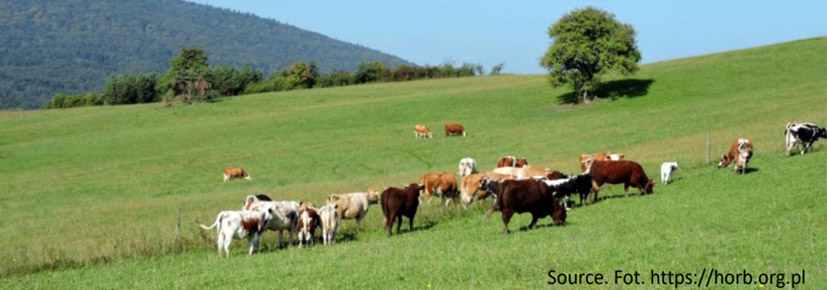
Public Goods


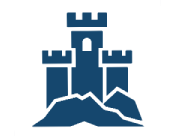

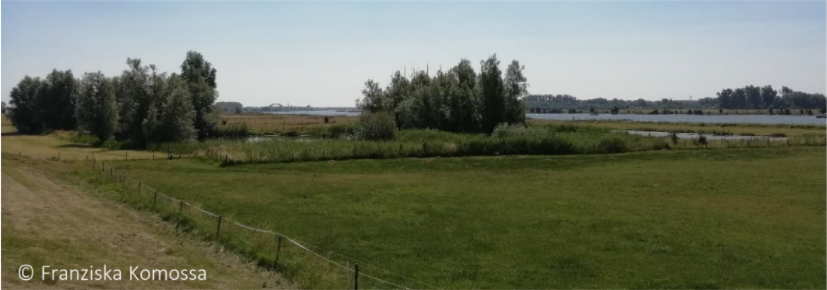
Problem description
The program responds to the need for economic and tourist activation of the Podkarpackie Voivodeship, and in particular for the protection of naturally valuable meadow and pasture areas while maintaining biodiversity. Among the factors justifying the implementation of the Program the most important are: a large share of protected areas in the region (44.9% of the total area), a progressive decline in livestock numbers and the low utilization of permanent grasslands (below 50%)
